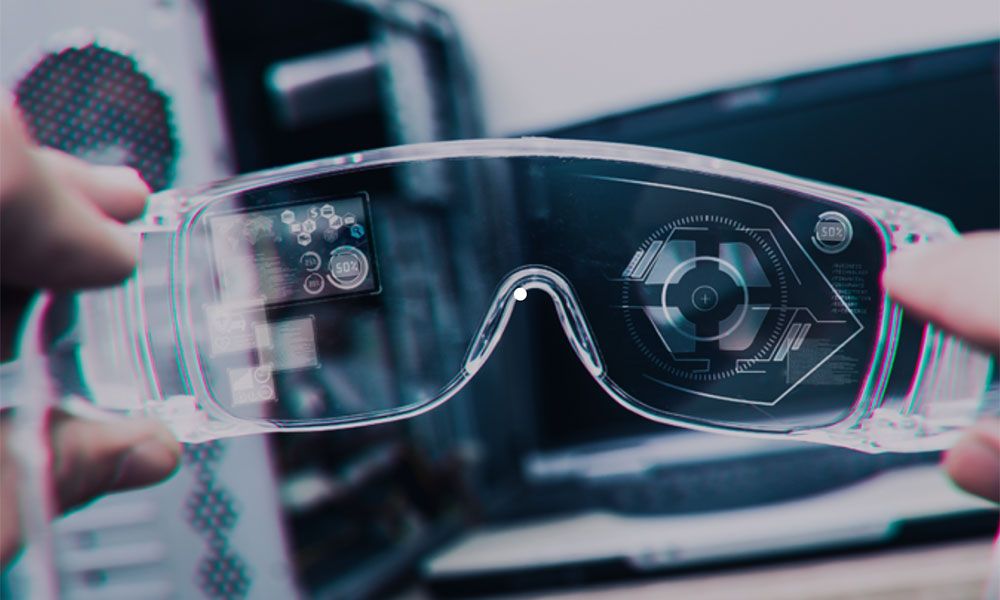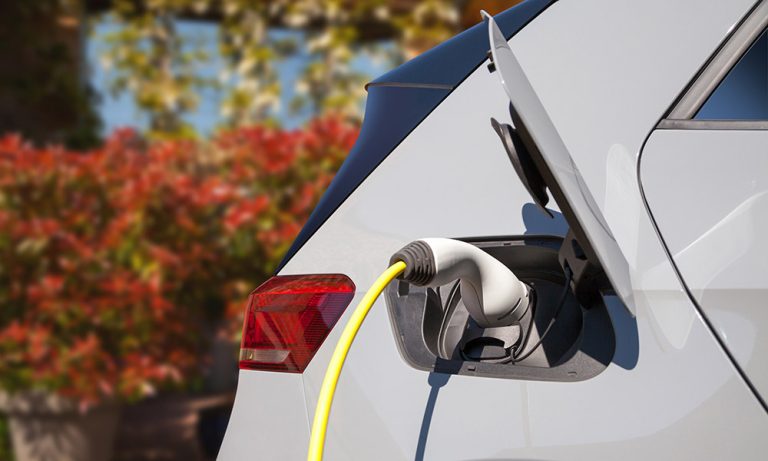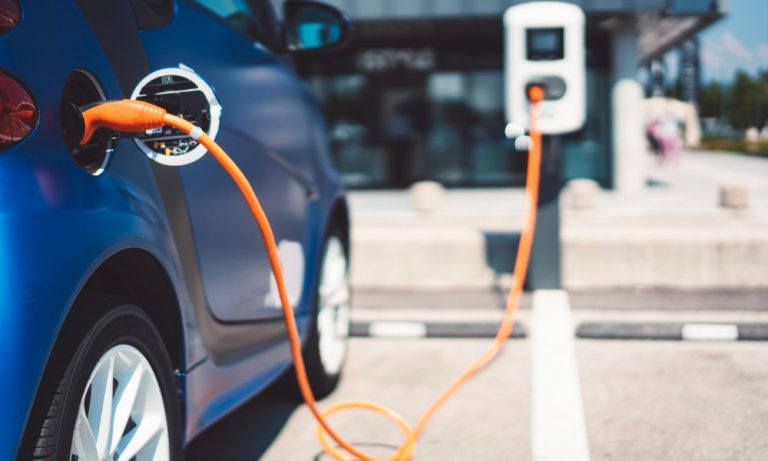Augmented reality dashboards are the latest innovation in the automobile industry. With this technology, drivers can see navigation arrows, alerts, and performance data projected onto the windshield itself. San Jose has unpredictable traffic and busy roads, so drivers are wondering if AR dashboards can enhance safety or if they are introducing new distractions.
An AR dashboard overlays digital information directly onto a driver’s real-world view. Alerts about vehicles in blind spots, speed limits, or upcoming hazards can also appear in the driver’s field of vision. Drivers keep their focus forward while receiving guidance.
Why San Jose Drivers Are at the Center of the Debate
San Jose sits in the heart of Silicon Valley. Residents here are early adopters and eager to test new technologies. But the city’s driving environment makes the debate over AR dashboards particularly relevant.
Freeways like I-280, US-101, and Highway 87 often swell with heavy traffic, rideshare vehicles, and cyclists. Commuters face frequent lane changes and sudden stops. In theory, AR dashboards could ease these challenges by offering seamless directions and warnings right where drivers are already looking. Yet in practice, the dense and fast-moving roads of San Jose also magnify the risk of distraction if the displays become too cluttered.

The Argument for Safety
Supporters of AR dashboards point to their ability to reduce eyes-off-road moments. A quick glance downward to check speed or navigation might seem minor, but even a second of diverted focus can be critical in stop-and-go traffic. By placing essential details directly within the driver’s line of sight, AR dashboards shorten reaction times.
For example, the system could highlight the area before the driver notices if a pedestrian steps into a crosswalk. If traffic slows suddenly ahead, a projected alert could prompt a faster response.
The Case for Concern
Critics argue that adding more digital content to a driver’s vision risks overloading the senses. Too many symbols, icons, or notifications can blur into noise, making it harder to focus on road conditions.
Imagine driving down Santa Clara Street with navigation arrows, speed warnings, lane markers, and traffic alerts vying for your attention. At some point, the windshield becomes less a window to the road and more a screen filled with competing messages. This cognitive clutter could be as hazardous as fumbling with a phone.
The Importance of Design and Restraint
The success of AR dashboards hinges on the technology itself and on how it is executed. Minimalism and restraint are crucial. Clear, essential information should enhance situational awareness without overwhelming it.
Smart design could mean only showing lane guidance when necessary, or limiting alerts to genuine hazards. By curating what appears and when, manufacturers can help ensure AR dashboards act as supportive co-pilots rather than intrusive distractions.
How San Jose’s Roads Shape the Experience
Rain during the winter months can reduce visibility, making highlighted lane markers and projected alerts genuinely useful. Meanwhile, the dense network of freeways, tech campus shuttles, and electric scooters adds constant unpredictability to the streetscape.
AR dashboards can reinforce awareness in low-visibility conditions or point out unexpected obstacles. This may reduce stress and improve confidence. But they can be an annoyance or a distraction in clear conditions, with too many overlays on the windshield.



